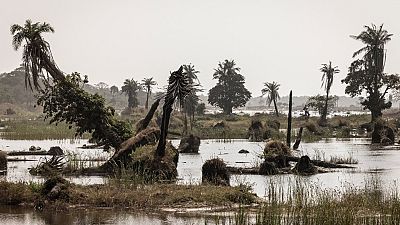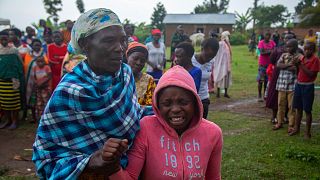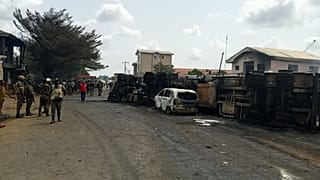Gambia
The Gambia suffered its worst flooding in “nearly half a century” late last month, killing 11 people and internally displacing more than 5,000, its disaster agency said in a report on Thursday.
Flooding following heavy rains on July 30 and 31 in the small West African country "directly affected" at least 40,000 people, including more than 8,000 children under the age of five.
According to the Department of Water Resources, 276 millimeters of rain fell in two days in the capital Banjul.
"Urban constructions in the suburbs were the most affected," the agency said, adding that 11 people were killed and 5,407 displaced.
"Hundreds of houses have been completely or partially damaged and cannot be lived in without risk," it added.
"The last historical floods date back to 1948," the agency said. Significant flooding had occurred in 1988, 1999, 2002, 2010, 2020 and 2022.
"This shows that the frequency of flash floods and climate-related shocks are becoming more persistent," it said.
In the Greater Banjul area, hundreds of water points and thousands of sanitation facilities have been affected by the floods and throughout the city, the water appears "between yellowish and greenish and has a bad smell."
"Many" cases of diarrhea and skin rashes have been reported in the Tobacco Road area and there is a "very high" risk of waterborne diseases, according to the agency.
Stagnant water has also attracted reptiles to some neighborhoods, "putting people at risk.
During a visit to the affected neighborhoods last week, President Adama Barrow pledged $46 million for a new water project, which he hopes will be completed by the end of the year, local media reported.













01:00
Fez building collapse kills 19, injures 16 as Morocco launches investigation
00:55
Al Hoceima closes schools amid severe weather in Northern Morocco
01:10
Climate emergency: Arab region temperatures soar to new highs in 2024
01:11
Malaria deaths, cases surged in 2024 with gains at stake - Report
00:00
Pope Leo says he hopes to visit Africa in 2026 as he wraps up his first foreign trip
01:09
UNAIDS urges global unity in World AIDS Day call to action